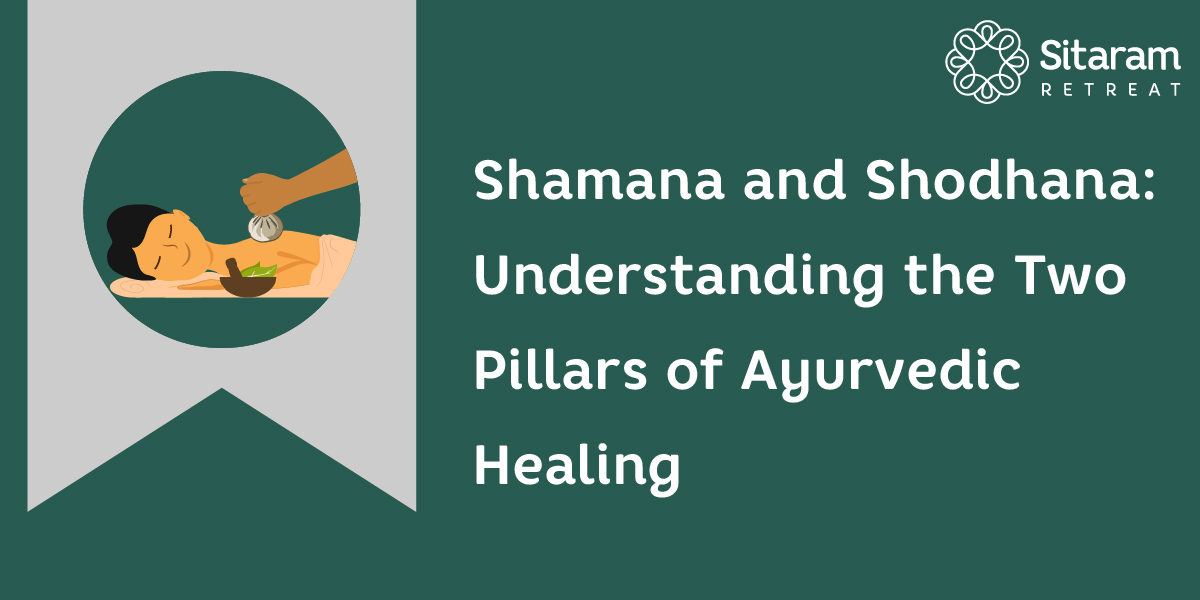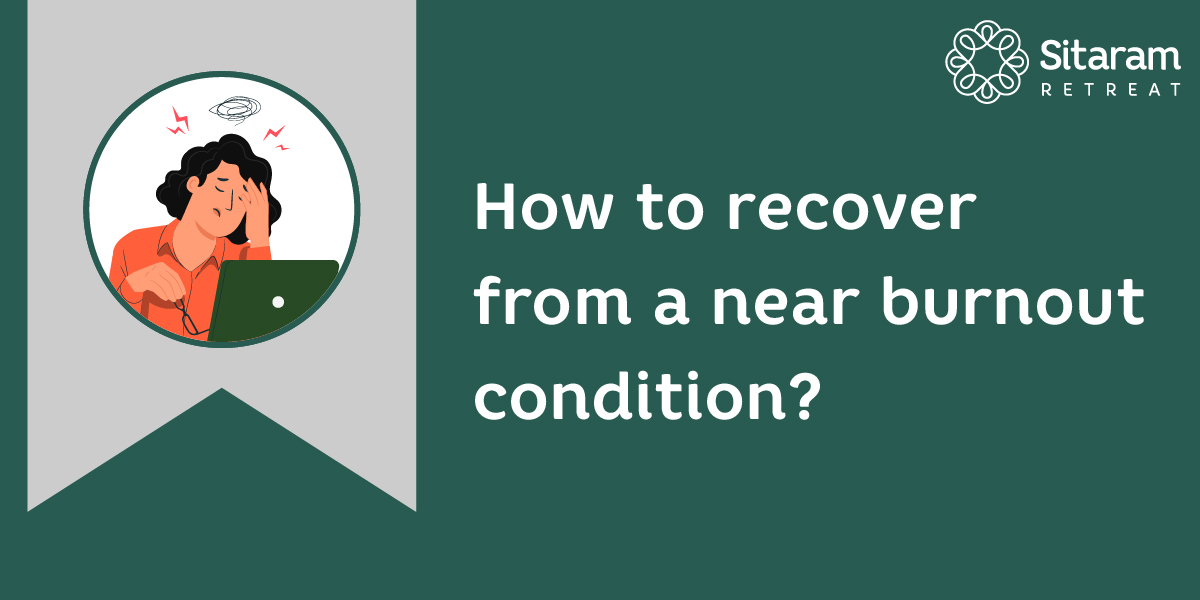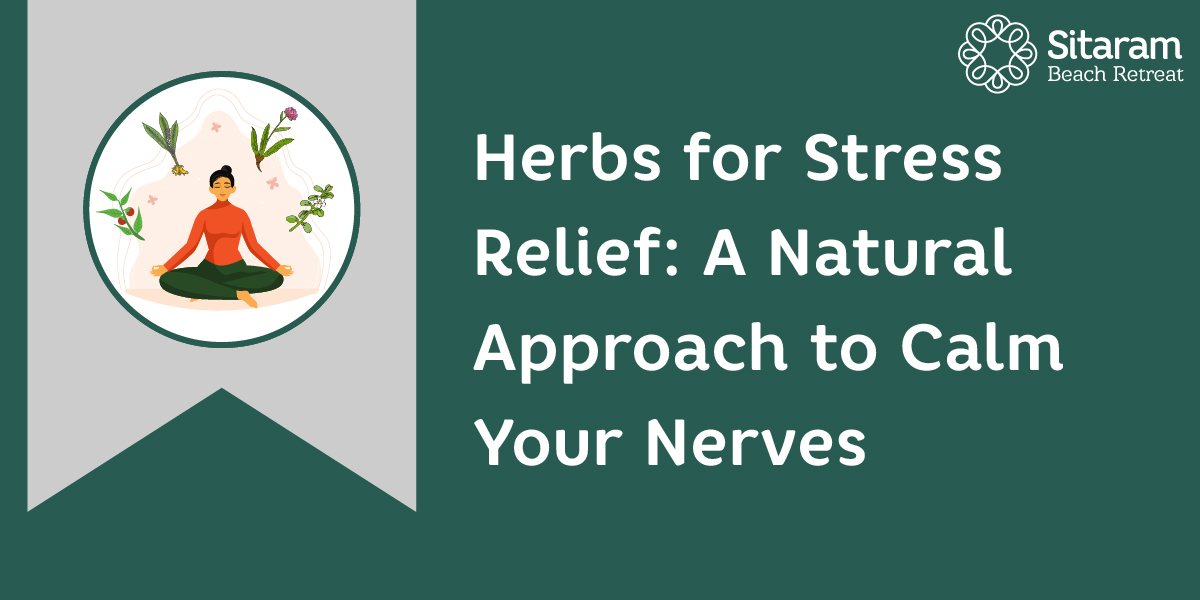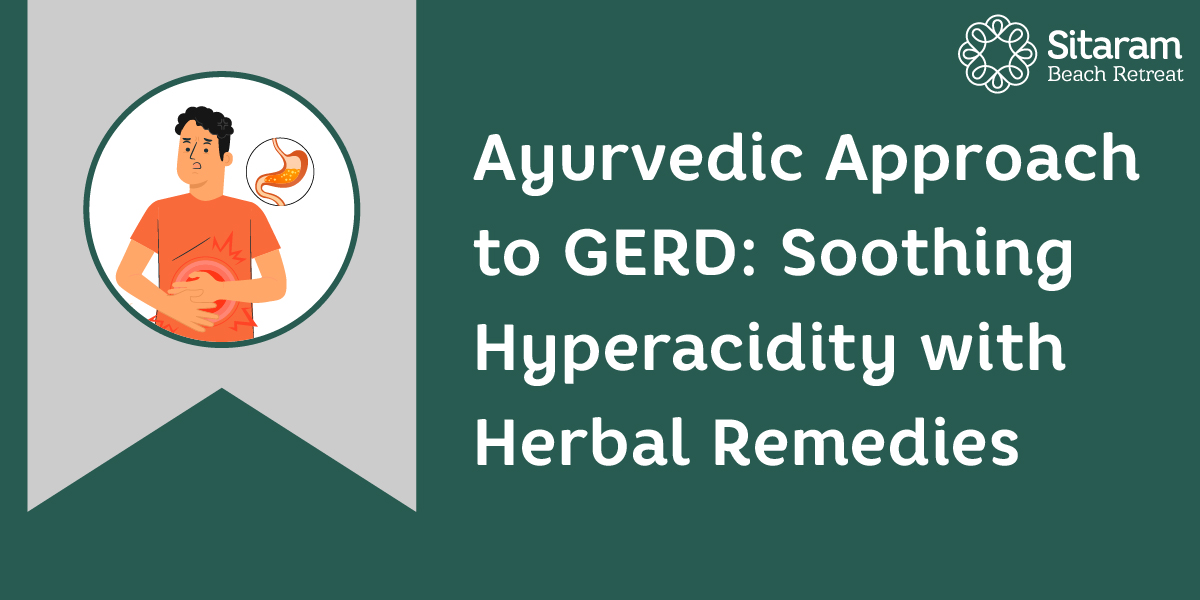The Complete Guide To Ayurvedic Massages-Your Wellness Key
By Vignesh Devraj

What else can make your ‘swamped’, hectic, mechanical working days more relaxing than super relaxing massage therapy? There are no better ‘self-care’ plans than getting a massage done! Massage therapies are something replenishing and rejuvenating at the same time can effectively improve certain disease conditions and prevent them as well when done right.
Oil massages in Ayurveda: Abhyanga – the age-old wellness secret
Ayurveda recommends Abhyanga/oil massage as one of the most important Dinacharya / daily regimen. Ayurveda considers oil massage as one of the basic treatment plans and a common treatment option to improve health and promote wellness. Massages play an instrumental role in effectively penetrating the oil applied externally and letting the herbal actives infused in the medicated oils reach a deeper level of dhatus/tissues, addressing the root cause and treating the Dosha imbalance, thereby the disease. More than a therapeutic procedure, massages are self-care options to shine inside out, showering your body with love through the healing touch and warmth of it.
Panchakarma – know these Ayurvedic detox therapies
Panchakarma is the Ayurvedic branch dealing with various massages that comes under therapeutic purification or detoxification procedures. The basic idea behind carrying out Panchakarma procedures is to correct the Dosha imbalance. Massages under Panchakarma includes:
Oil massages – full body –Sarvanga abhyanga
Powder massages- Udvartana
Oil-filled/ infused poultice- Kizhi therapies
Squeezing massages- Pizhichil
Oil pouring- Dhara
Self massages in Ayurveda: know why it is recommended?
The basic type of massage indicated for everyone is abhyanga – a simple oil massage. Abhyanga is done locally in certain disease conditions especially in orthopaedic, muscular and skin conditions. Sarvaangaabhyanga/ full body massage is something that must be followed regularly. In Ayurveda, it is one of the most important daily regimens that can be carried out as a ‘self-massage’ and is considered as a daily external dose of rejuvenation.
Benefits of Abhyanga: From head to toe, the magic works!
- According to Ayurveda, oil massages can effectively retard ageing
The oils used for massages deeply penetrates through the skin and the herbal actives present in it repair unhealthy /dead tissues and replenish from deeper layers thereby preventing wrinkles and improving the skin elasticity.
- It can instantly overcome fatigue and treat exaggerated symptoms of aggravated Vata
Abhyanga can help in refreshing our body by stimulating marmas and also helps in treating exaggerated symptoms of Vata like :
- Dry skin
- Psoriasis
- Dandruff
- Dry/cracked lips
- Cracked foot
- Hair loss
- It renders longevity, provides nourishment, improves skin tone and texture and clarity of vision.
It helps in improving skin tone and texture by penetrating deeper layers and balancing aggravated Vata Dosha. Abyanga also renders clarity of vision and prevents fatigue of eyes.
- Oil massages are also effective in treating
insomnia and help in toning body muscles.
Abhyanga, when performed regularly, helps in toning your muscles. Padabhyanga/foot massages are recommended as a treatment plan for insomnia. A good head massage also helps in improving sleep-related issues.
Oil massages should be particularly practised in a way that they must begin from the head followed by face- neck- shoulders-hands chest -abdomen -legs and finally the foot and soles.
Self massages done right!: Quick look
Massages should be practised in a specific pattern where legs and arms are massaged using long strokes, face, elbow and knee are massaged using circular motions and foot massages are done using gentle circular motions.
The selection of oil for the massages are chosen depending upon the condition and requirements. For therapeutic purposes, oils are chosen according to the Dosha vitiation and suitable patterns of external oil administration.
Methods of Abhyanga: how and why?!
Oil massages are done in the direction of the hair follicles. Always use the flat surfaces of your fingers and the open palm to massage your body. While doing face massages and ear massages fingers can be used and mild stimulation can be given in the pressure points. While carrying out the massages, always prefer circular motions so that the marmas are stimulated. Arms, back and spine must be massaged vigorously, whereas mild pressure should only be used while massaging your scalp. If you suffer from severe hair fall, prefer mild, gentle massages.
How often should you carry out Abhyanga?
Abhyanga is one of the Dinacharya /daily regimens recommended by the Ayurveda Acharyas thousands of years ago. It is said to be done every single day just like the other regimens like brushing and bathing.
In today’s scenario, where the days are fully occupied, carrying out a full body abhyanga doesn’t sound practical. Instead, simple self massages including head, ears and foot can be carried out. It boosts hair growth and improves skin tone.
Taking bath after Abhyanga: The Ayurvedic snana.
Once Abhyanga is performed, let the oil stand in your body for about 15-20 minutes. Wash it off using snana churnas/bathing powders or green gram powder /bengal gram flour. Clean your hair using Thaali/mild shampoos. Never use harsh soaps/ shampoos in your skin or hair.
Your body doesn’t deserve to be harmed and that’s why Ayurveda advocates a lifestyle where our body lives in a rhythm blended with the soothing touch of nature, blessed with health. Give your body the warmth and love it deserves, because your body is the only place where you truly live!


 retreat@sitaramayurveda.com
retreat@sitaramayurveda.com +91 813 8888 912
+91 813 8888 912





